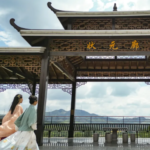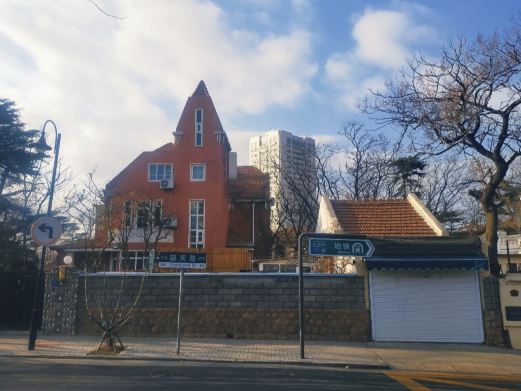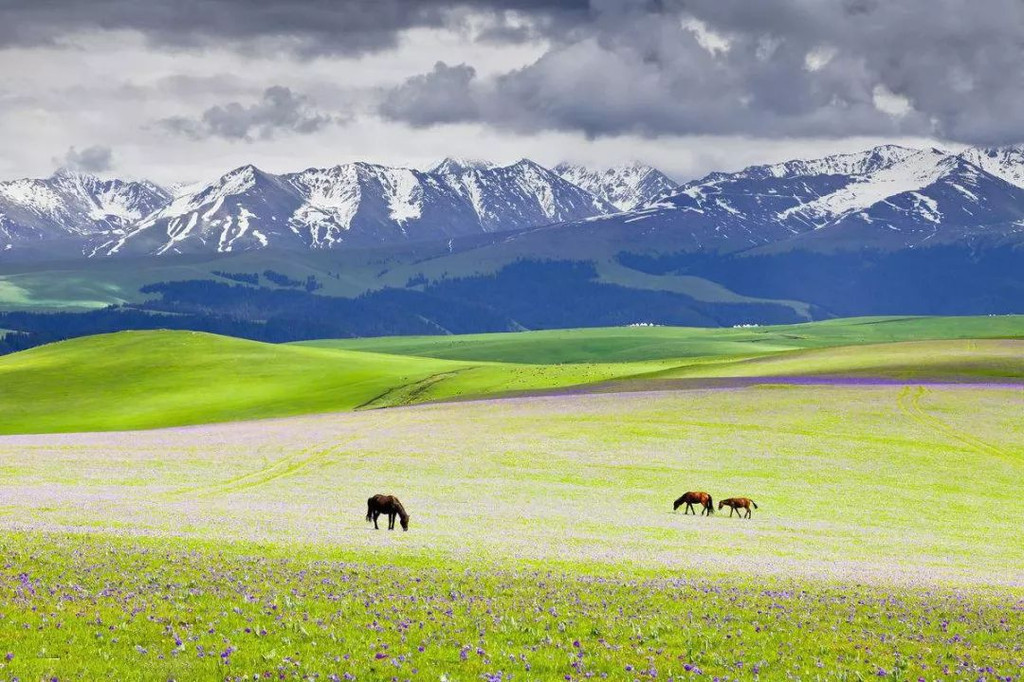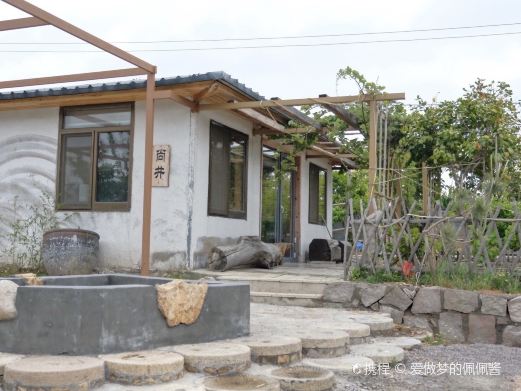Congma Chan Monastery is nestled in the embrace of Qifeng Mountain, 20 kilometers northeast of Haiyang City, Shandong Province, at an altitude of 400 meters. Founded at the end of the Sui Dynasty and the beginning of the Tang Dynasty, it has gone through the Tang, Song, Yuan, Ming, and Qing dynasties, and has been renowned for over a thousand years, becoming a famous Buddhist holy land in Eastern Shandong.
During the Tang Dynasty, the founding general Yu Ji敬德 passed by this place and, upon hearing the holy name of Congma Chan Monastery, came to offer incense. As a result, he achieved a great victory in the expedition and returned triumphantly. Deeply impressed by the spiritual and talented people of Congma Chan Monastery and the divine wisdom of the holy monks, Yu Ji敬德 funded the expansion of the monastery and stationed troops and dispatched generals within Qifeng Mountain. Today, the ‘command platform’, ‘horse drinking ditch’, and ‘horse tying post’ used by General Yu Ji敬德 are still well preserved. Buddhist disciples, Confucian scholars, and Taoist priests all come to spread scriptures and preach, leaving behind many eternal stories. To this day, there are more than 60 well-preserved historical sites in Congma Chan Monastery, each with a touching story that moves people to tears. Within the scenic area: to the east, Qifeng Mohan; to the north, Gu Shi Citian; to the west, Xiandong Suoyan; to the south, murmuring streams; and in the middle, towering bamboo. To the west of Gu, there are many scenic spots such as the Chess Saint Cave, Divine Power Cave, Tiger Head Camel Peak, Snail Stone, Child-seeking Cave, Tiger Cave, Eight Immortals Platform, Falcon Stone, the monks’ martial arts field, and Happiness Garden. Congma Chan Monastery, a thousand-year-old temple, is surrounded by thousands of green bamboos, strange rocks, oak trees, birds singing, and fragrant flowers. The scenery is beautiful, the air is fresh, and the climate is suitable for warm winters and cool summers. In October, the mountains are filled with red leaves, and in November, magpies gather, making people feel at ease in the natural ecological environment. Also known as ‘Qifeng Temple’, it is named ‘Congma Temple’ because of the surrounding dangerous peaks that stand like hemp. The late Chairman of the Chinese Buddhist Association, Zhao Puchu, inscribed the temple’s name. It is located about 20 miles northeast of Panshi Town, Haiyang City, at the junction of Haiyang and Rushan, surrounded by mountains. It was first built in the Sui Dynasty and rebuilt in the second year of the Xianfeng Emperor of the Qing Dynasty. It is said that the founding hero of the Tang Dynasty, Yu Ji敬德, once raised horses here and presided over the expansion of the temple. In 1993, Congma Chan Monastery was listed by the Provincial Religious Affairs Administration as an important provincial Buddhist activity venue. Opening hours are from 06:00 to 18:00 all year round. For preferential policies, please refer to the information disclosed by the scenic spot on the day.Congma Chan Monastery
Congma Chan Monastery is nestled in the embrace of Qifeng Mountain, 20 kilometers northeast of Haiya[...]









